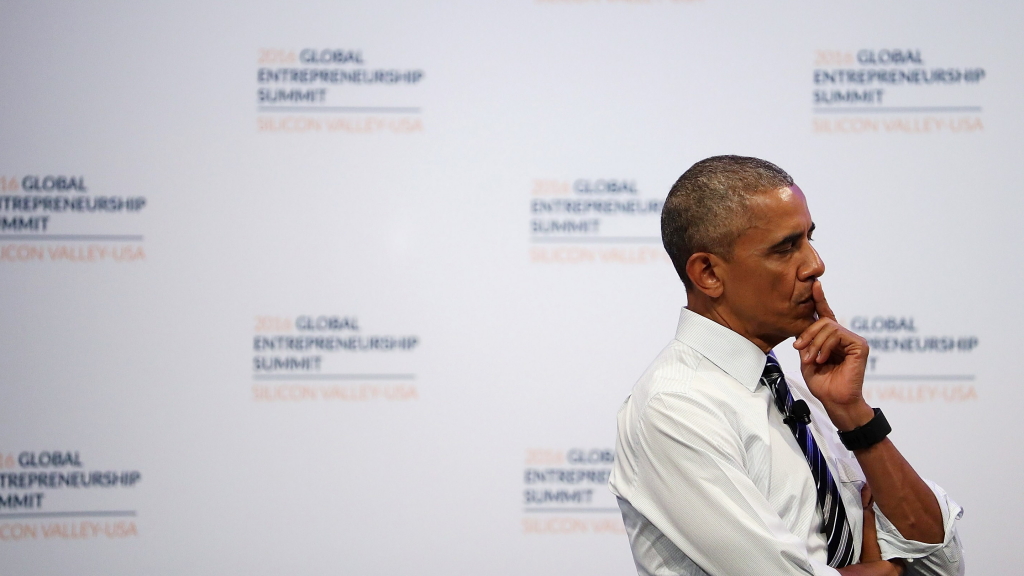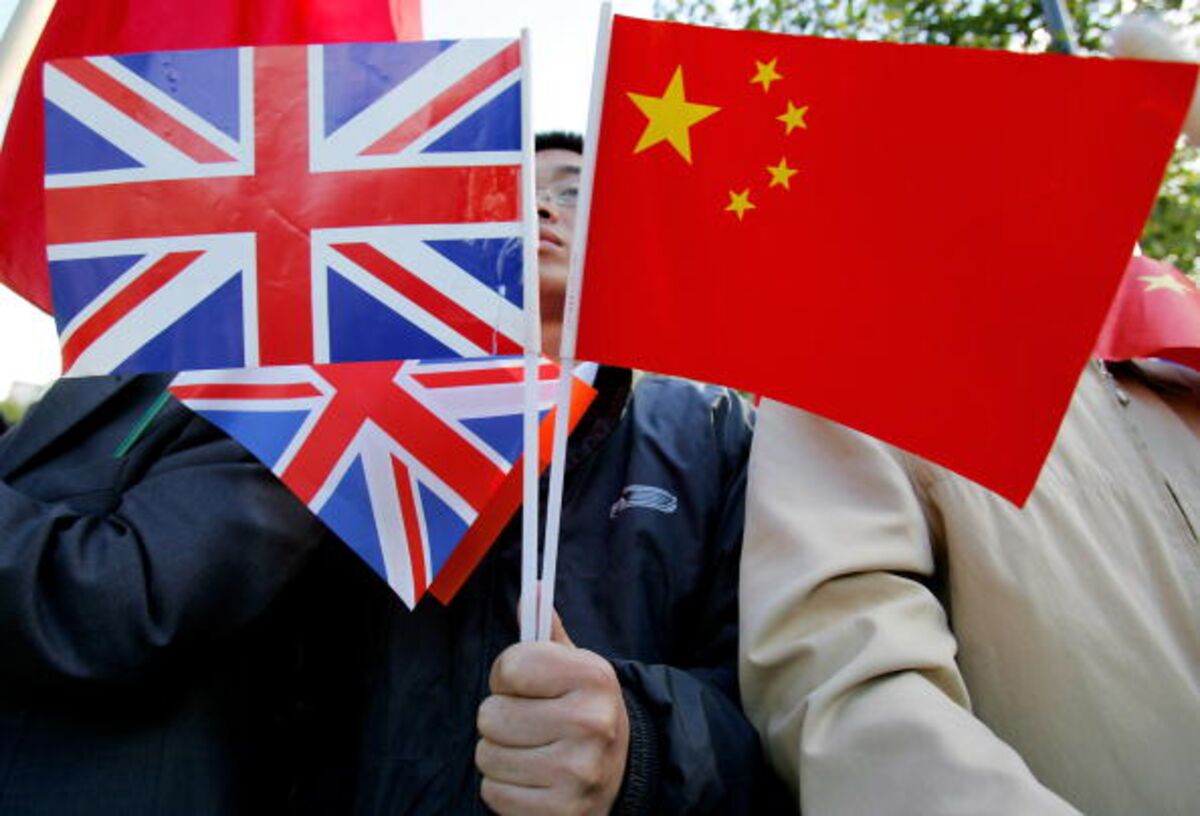
The US Continues To Create ‘Combat Script’ Against North Korea
(China) on 21 June 2016
by Kim Hyun-soo (link to original)
On June 13, the nuclear-powered submarine USS Mississippi entered South Korea’s Busan. Commissioned in 2012, with a displacement of 7,800 tons, equipped with 12 vertical launch system tubes and four torpedo tubes, the USS Mississippi is a sophisticated attack submarine for targeting enemy submarines and for performing special combat missions.
The U.S. launched a 50-day “key decisions” and “vulture 16” joint military exercise in the southern part of the Korean Peninsula at the beginning of March, utilizing massive strategic fighting tactics such as the nuclear-powered USS John C. Stennis aircraft carrier, B-52, B-2 and strategic bombers, and the F-22 stealth fighters, for a moment putting the Korean Peninsula on the brink of war. Recently, for the first time, the carrier battle group consisting of the nuclear-powered aircraft carriers USS John C. Stennis and USS Ronald Reagan entered the southern part of the Korean Peninsula and the surrounding areas. In addition, using the further expansion of the combat radius of the U.S. Navy’s Seventh Fleet stationed in Japan as an excuse, the U.S. dispatched ships such as the USS Spruance and the USS Momsen from the Third Fleet to East Asia, while calling for sending even more battleships.
The U.S. planned to station more than 60 percent of the naval force in the Asia-Pacific region, with the aim of the “Asia-Pacific rebalancing strategy” to maintain political and military hegemony, thereby setting the Democratic People’s Republic of Korea as the first target. Currently, the U.S. is openly discussing a precise airstrike operation strategy to obliterate North Korea’s nuclear facilities and weapons, with the latest nuclear-powered submarines entering South Korea carrying a large number of cruise missiles, which illustrates the severity of the situation.
Not long ago, a U.S. strategic information consulting firm released a report titled “Military Response to North Korea’s Nuclear Issue.”* This paper listed as airstrike targets the Yongbyon nuclear facility, nuclear power plant construction sites, uranium mines and enrichment facilities, as well as ballistic missiles for tactical fighters, air bomber aircraft, and submarine construction sites. To obliterate these targets, the U.S. needs not only to utilize dozens of B-2 heavy penetration strategic bombers and F-22 stealth fighters, but also to dispatch some Ohio-class submarines and destroyers capable of launching hundreds of Tomahawk cruise missiles.
The U.S. continues to create a “combat script” against North Korea while strengthening its strategic tactics. All this demonstrates that easing the tension of the situation on the Korean Peninsula and protecting its security cannot be realized by relying on a unilateral effort.
The historic Seventh Congress of the Workers’ Party of Korea proposed a grand blueprint for building a powerful socialist country and a prosperous future for the North Korean citizens, by actively investing in the construction of a convergence of technological power, economic power, and cultural power. However, the U.S. will be performing the Ulchi-Freedom Guardian military exercise in August, gradually carrying out the aggressive “combat script” to target North Korea, even introducing to South Korea the strategic tactics from the script. North Korea and the neighboring countries strongly condemned the USS Mississippi entering the Port of Busan, while the flustered U.S. argued that the activity was a routine visit planned several months in advance, which simply did not make sense.
The facts have shown that the U.S. is deliberately creating tension and antagonism on the Korean Peninsula, while strategically and methodically implementing actions to obstruct North Korea’s prosperity and, ultimately, stifle and subvert North Korea’s institutions. Undoubtedly, the escalation of the dangerously tense situation at the Korean Peninsula originated from the U.S.’s misconception of North Korea.
The determination of the U.S. appears too hasty, and also its strategy is quite wrong. North Korea is taking all necessary measures against the U.S.’s extremely hostile policies and military activities. If any undesirable events occur on the Korean Peninsula, the responsibility falls entirely on the U.S. If the U.S. wants a way out, it must immediately forgo its ambition to dominate the world, and its activities against North Korea that are being carried out blindly.
*Translator’s note: The report to which this refers appears to be: “Military and Security Developments Involving the Democratic People’s Republic of Korea,” issued by the U.S. Department of Defense, not a consulting firm.


